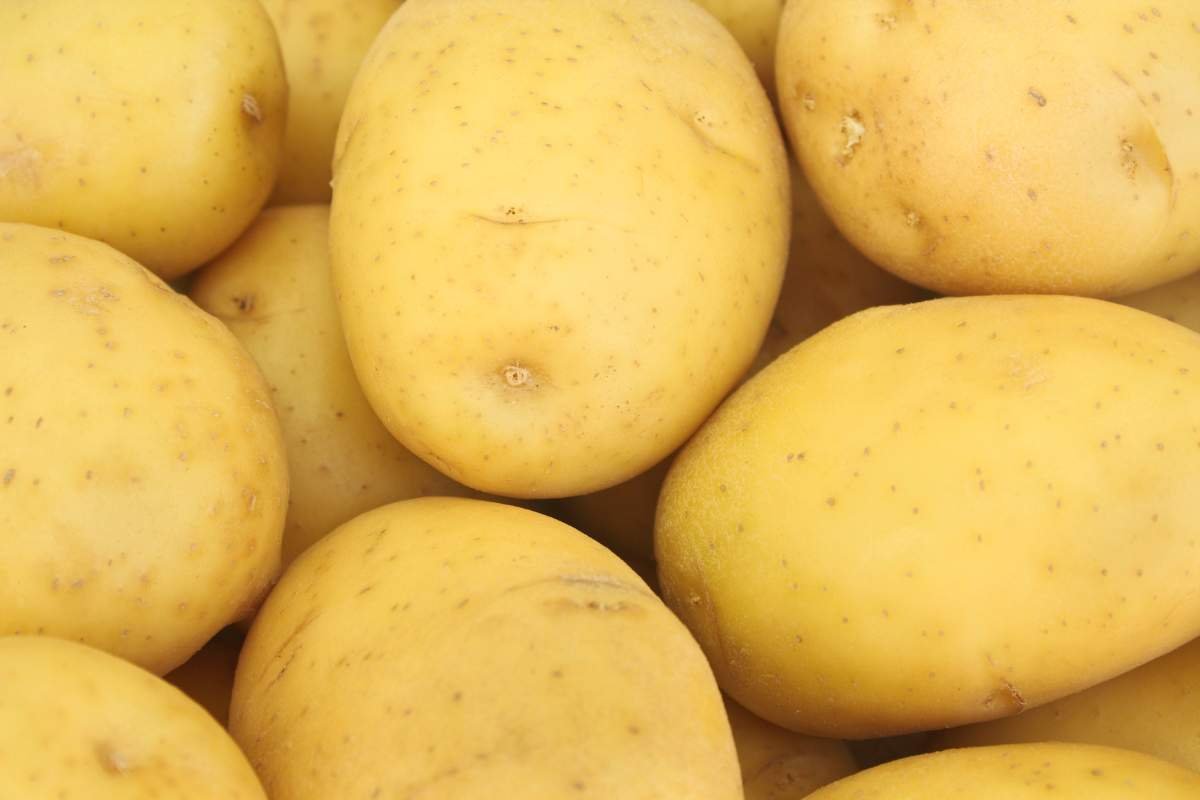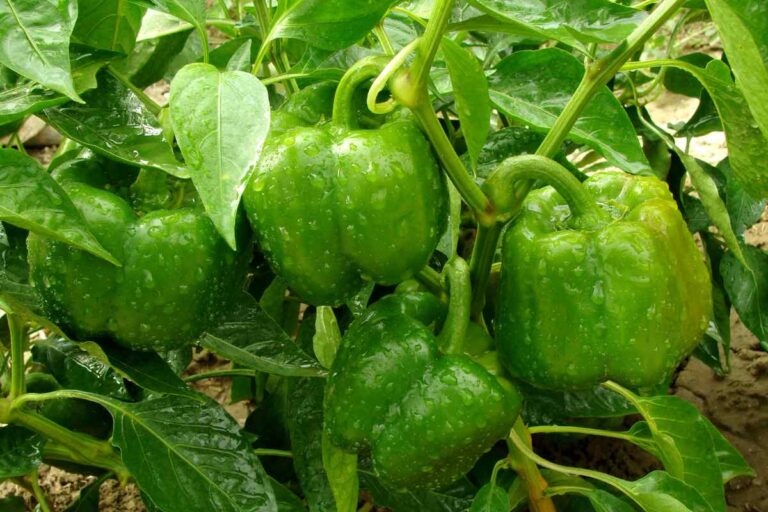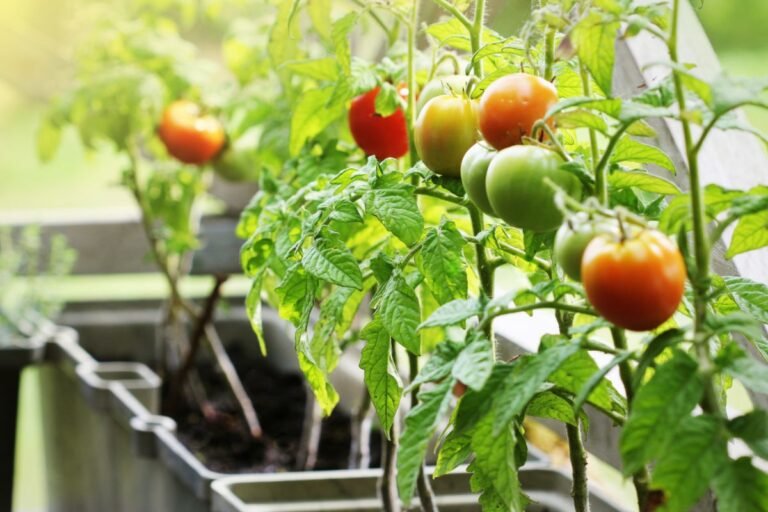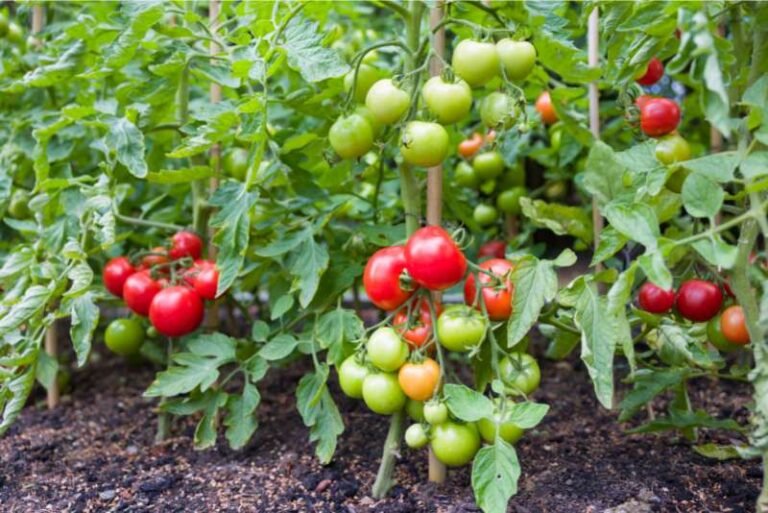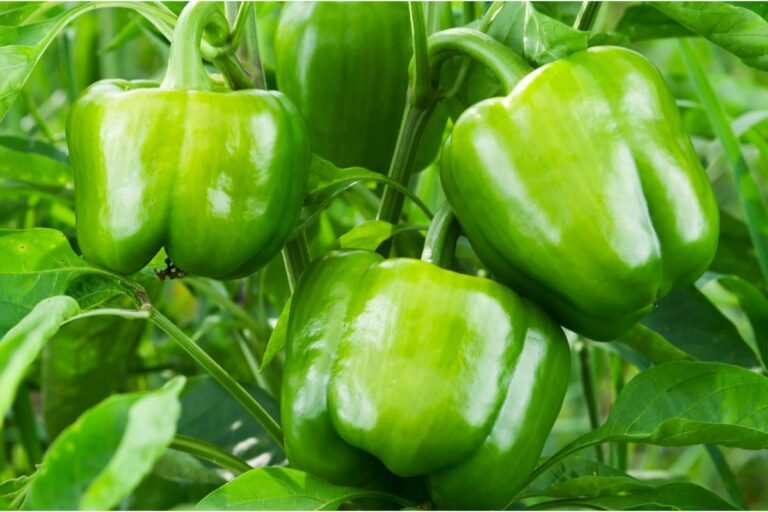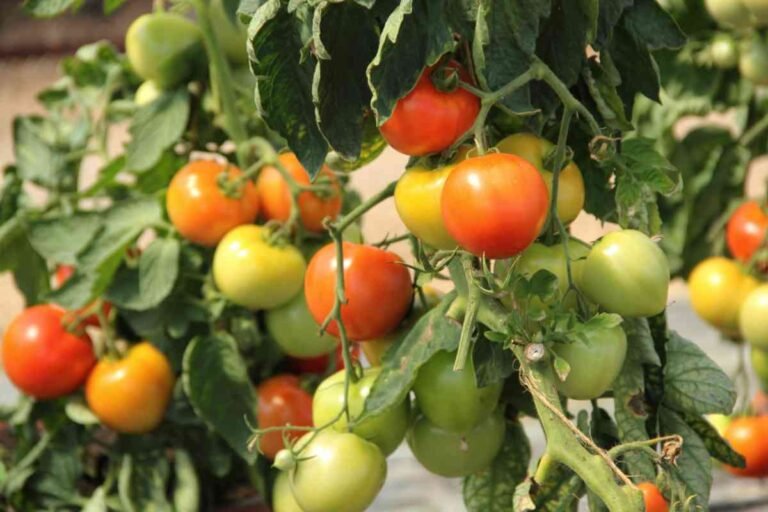Potato: Yukon Gold Overview – Growing Tips
Potatoes are an essential crop for many households, and one of the most popular varieties is the Yukon Gold. These versatile potatoes have a rich, buttery flavor and a beautiful golden hue, making them perfect for a wide range of dishes. If you want to grow Yukon Gold potatoes in your own garden, this blog post will help you through the entire process. From selecting the right growing conditions to harvesting and storing your crop, we’ve got you covered.
What are Yukon Gold potatoes?
Yukon Gold potatoes were developed in Canada in the 1960s and quickly became popular due to their unique characteristics. They have a moist, creamy texture and a natural buttery flavor that sets them apart from other potato varieties. In addition, their thin skin and yellow flesh make them an excellent choice for both cooking and baking.
Selecting the Right Growing Conditions
Before you start to grow Yukon Gold potatoes, it’s important to choose the right location for your garden. These potatoes thrive in cooler climates, with a growing season that ranges from 90 to 120 days. The ideal temperature for growing Yukon Gold potatoes is between 60 and 70 degrees Fahrenheit.
Light
They need full sun for optimum growth, so choose a location that receives at least 6 to 8 hours of direct sunlight per day.
Soil
These potatoes would like soil that drains well and has a pH of 5.0 to 7.0. Sandy loam is the best soil type for growing Yukon Gold potatoes, as it provides good drainage and promotes healthy root development.
Water
Consistent moisture is essential for growing healthy potatoes. Make sure to provide a regular watering schedule, ensuring the soil remains evenly moist but not waterlogged.
Preparing the Soil
Proper soil preparation is critical for a successful potato harvest. Follow these steps to create the perfect environment for your Yukon Gold potatoes:
- Test your soil’s pH level and amend it as needed to achieve a pH between 5.0 and 7.0.
- Mulch till the soil to a depth of 12 to 15 inches to ensure it is loose and well-aerated.
- Add organic matter, such as compost or aged manure, to enrich the soil and improve drainage.
- Consider planting your potatoes in raised beds or mounds to further enhance drainage and prevent waterlogging.
Planting and Spacing
When it’s time to plant your Yukon Gold potatoes, follow these guidelines for the best results:
- Purchase certified seed potatoes from a reputable supplier to ensure disease-free stock.
- Cut large seed potatoes into smaller pieces, each with at least one or two “eyes” or growth buds.
- Allow the cut pieces to dry for a day or two, forming a protective callus over the cuts.
- Plant the seed potatoes with the eyes facing upwards, at a depth of 3 to 4 inches.
- Space the potatoes 12 to 15 inches apart in rows, with the rows spaced 30 to 36 inches apart.
- Cover the seed potatoes with soil and water them well.
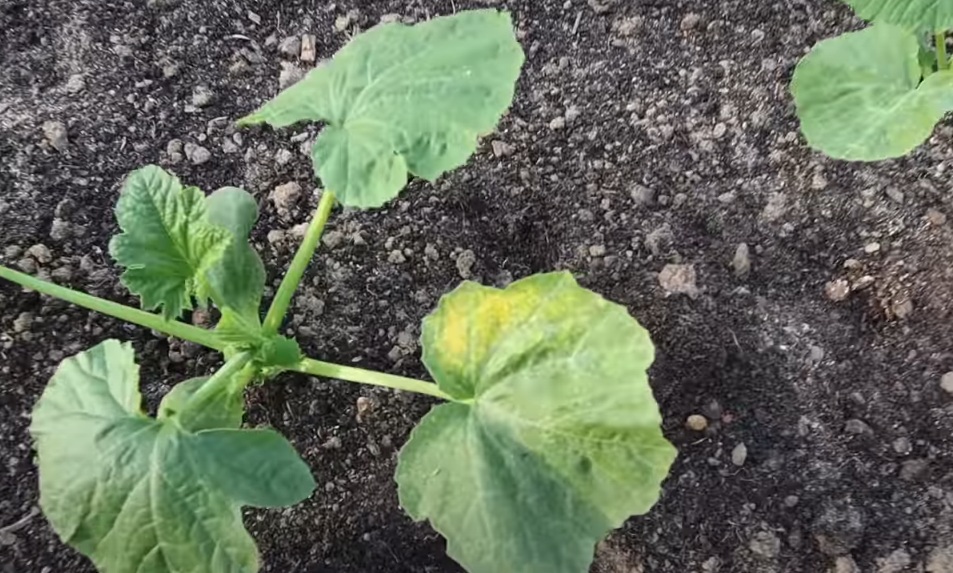
Caring for Your Yukon Gold Potatoes
- Once your potatoes are planted, proper care is essential to ensure a bountiful harvest. Hill the soil around your potato plants as they grow, creating mounds that cover the lower stems. This helps support the plants, prevents sunlight from reaching the tubers, and encourages additional tuber development.
- Water your potatoes regularly, ensuring the soil stays consistently moist but not waterlogged. Check the soil’s moisture level by inserting your finger about 2 inches deep—if it feels dry, it’s time to water.
- Apply a balanced, slow-release fertilizer when planting, and again during the growing season, following the manufacturer’s recommendations. Avoid high-nitrogen fertilizers, as they may promote foliage growth at the expense of tuber development.
Pests and Diseases
Yukon Gold potatoes are susceptible to a few common pests and diseases. Keep an eye out for these potential issues and address them promptly.
Pests
Colorado potato beetles, aphids, and wireworms can damage your potato plants. Handpick beetles and use insecticidal soap or neem oil for aphids. Apply beneficial nematodes to the soil to control wireworms.
Diseases
Late blight, early blight, and scab are common diseases affecting potatoes. Rotate your potato crops every three years to prevent buildup of disease-causing organisms in the soil. Use disease-resistant seed potatoes and apply fungicides as needed, following the label instructions.
Harvesting and Storing
When your Yukon Gold potatoes are ready to harvest, follow these steps for the best results:
- Check for readiness by carefully digging around one of your plants. Harvestable potatoes should be at least 2 inches in diameter.
- Wait until the foliage has died back and the skin of the potatoes has set (resists rubbing off when touched) before harvesting.

- Dig up the potatoes carefully, using a garden fork or a specialized potato digging tool to avoid damaging the tubers.
- Allow the harvested potatoes to air-dry in a well-ventilated, shady area for a few hours to cure the skin.
- Store your potatoes in a cool, dark, and well-ventilated place with a humidity level of around 90%. Properly stored Yukon Gold potatoes can last for several months.
Growing Yukon Gold potatoes in your garden is a rewarding and relatively easy endeavor. By selecting the right growing conditions, preparing the soil, providing proper care, and addressing pests and diseases, you can enjoy a bountiful harvest of these delicious, buttery-flavored potatoes. Follow the steps outlined in this comprehensive guide, and you’ll be well on your way to growing your own Yukon Gold potatoes successfully.
FAQS
What are the ideal growing conditions for Yukon Gold potatoes?
Yukon Gold potatoes thrive in cooler climates, with a growing season that ranges from 90 to 120 days. They require full sun (at least 6 to 8 hours of direct sunlight per day), well-draining soil with a pH between 5.0 and 7.0, and consistent moisture.
How do I prepare the soil for planting Yukon Gold potatoes?
To prepare the soil for planting, test and adjust the soil’s pH level to be between 5.0 and 7.0, till the soil to a depth of 12 to 15 inches, and add organic matter like compost or aged manure to enrich the soil and improve drainage. Planting in raised beds or mounds can also enhance drainage.
When should I Grow Yukon Gold potatoes?
Grow Yukon Gold potatoes in early spring, about 2 to 4 weeks before the last expected frost date in your area. This allows the potatoes to establish themselves before the warmer summer months.
How do I care for my Yukon Gold potato plants?
Care for your Yukon Gold potatoes by hilling the soil around the plants, watering consistently to maintain even soil moisture, and applying a balanced, slow-release fertilizer when planting and during the growing season. Avoid high-nitrogen fertilizers.
What pests and diseases affect Yukon Gold potatoes?
Common pests include Colorado potato beetles, aphids, and wireworms. Diseases to watch for are late blight, early blight, and scab. Practice crop rotation, use disease-resistant seed potatoes, and apply insecticidal soap, neem oil, or beneficial nematodes as needed to manage pests and diseases.
When and how should I harvest Yukon Gold potatoes?
Harvest Yukon Gold potatoes when the foliage has died back, and the skin of the potatoes has set. Dig up the potatoes carefully using a garden fork or a specialized potato digging tool to avoid damaging the tubers. Allow the harvested potatoes to air-dry in a well-ventilated, shady area for a few hours before storing.
How do I store my harvested Yukon Gold potatoes?
Store your potatoes in a cool, dark, and well-ventilated place with a humidity level of around 90%. Properly stored Yukon Gold potatoes can last for several months.
Can I grow Yukon Gold potatoes in containers?
Yes, you can grow Yukon Gold potatoes in containers, such as large pots or grow bags, as long as you provide proper drainage, sufficient sunlight, and appropriate soil conditions. Be sure to use a high-quality potting mix and monitor the soil moisture regularly.

